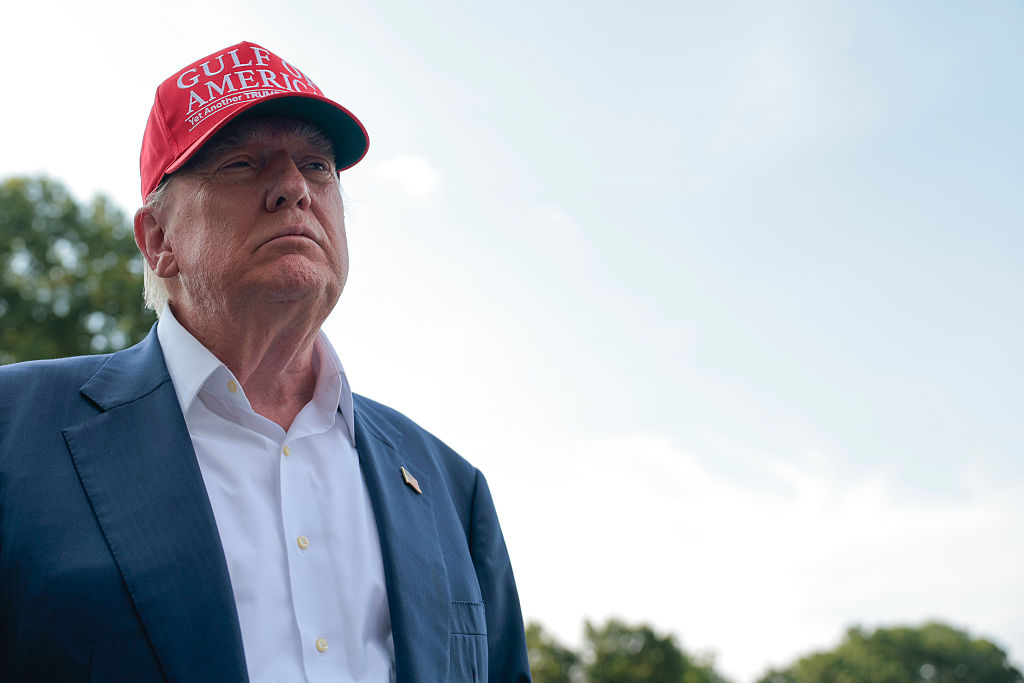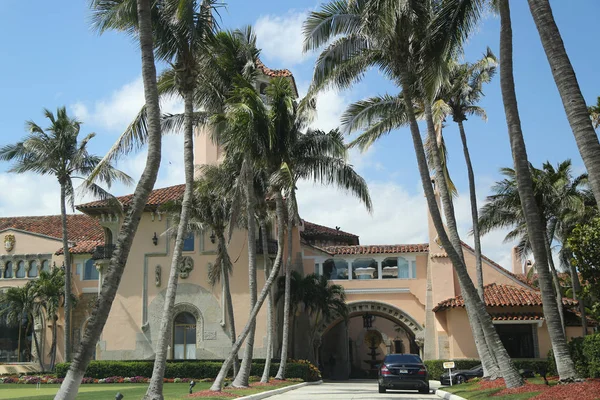The One, Big, Beautiful Realignment Artifact
The Trump budget is the product of a GOP in transition.

We’ll soon know whether the so-called big, beautiful bill will reach President Donald Trump’s desk by his hoped-for July 4 deadline, but we can already be certain that the reconciliation package is the product of a Republican Party in transition.
On the one hand, the bill is the vehicle for consolidating much of Trump’s agenda over both of his nonconsecutive terms. It makes permanent the 2017 Trump tax cuts, arguably his top first-term legislative achievement. It funds his immigration enforcement priorities, which helped him win again in 2024. And it addresses the top unfulfilled campaign promise of 2016, completing the border wall. (Of course, the Trump administration has made significant progress at the border even without this legislation.)
On the other hand, Democrats are campaigning against the populist president’s legislative program as they would that of any Republican in the past 50 years: by saying it takes away healthcare and cuts Medicaid to give millionaires and billionaires tax cuts. And while it has that political vulnerability, its spending reductions do not impress budget hawks or improve the country’s dire fiscal trajectory.
Trump has tried to make the tax cuts more responsive to the coalition that elected him: no taxes on tips, no taxes on overtime, and reduced taxation of Social Security benefits. These are not supply-side tax cuts and will have little dynamic effect; the last of these especially grates on some conservatives because of the role entitlements paid to the relatively affluent elderly (boomers, even!) play in the current precarious fiscal situation. But the same argument could be made—and often is—about the child tax credit, which has nevertheless steadily gained mainstream GOP support since the inclusion of a small one in 1994’s Contract With America. (Newt Gingrich’s 1990s Republicans also wanted to roll back Bill Clinton’s tax hikes on Social Security benefits.)
The expanded SALT deduction cap isn’t quite in the same vein as the above, since it inherently benefits upper-income taxpayers in high-tax blue states. But it does help out a handful of House Republicans representing swing districts in California and New York who have become critical to the GOP maintaining control of the lower chamber.
Whether this goes far enough remains a matter of debate. Rural hospitals might close in areas that voted for Trump. Some of the tax cuts will go to people who now vote for Democrats. Trump is changing the Republican electoral coalition, but substantial parts of the party remain fundamentally unchanged from the consensus that more or less reigned from Ronald Reagan to George W. Bush. Trump could not have won without such voters either, and neither could virtually any GOP lawmaker in either house of Congress. The party has not fully adapted to a political moment in which it receives a majority of the vote from working-class whites—and, in last year’s presidential election at least, Hispanic men—while fairly rich white liberals in New York City vote for Zohran Mamdani.
Elon Musk has left the Trump reservation over the bill and the federal budget deficit, though there are competing data points on whether he is primarily motivated by his newfound techno-libertarianism or his longstanding business interests in electric vehicles. Vice President J.D. Vance, who would have probably crafted a more thoroughly populist piece of legislation if still a full-time senator rather than an occasional presiding officer, cast the deciding vote for it.
If Republicans no longer view supply-side as their main theory for promoting economic growth, it is not clear what the replacement will be. Conservative industrial policy largely remains the stuff of wonks. Trump, through the advice of subordinates like Treasury Secretary Scott Bessent, seems to be groping toward higher tariffs on foreign goods paired with low taxes domestically. Pat Buchanan campaigned on a similar policy mix.
Before Trump, Republicans were stuck in a rut of using libertarian-sounding rhetoric to excuse themselves from solving problems at home (though seldom overseas or occasionally in outer space) while at the same time allowing the government to grow perpetually bigger, more intrusive, and more deficit-financed. The libertarian moment lasted roughly that long, in retrospect. Whether the populist realignment can last substantially longer still remains to be seen.
The post The One, Big, Beautiful Realignment Artifact appeared first on The American Conservative.

